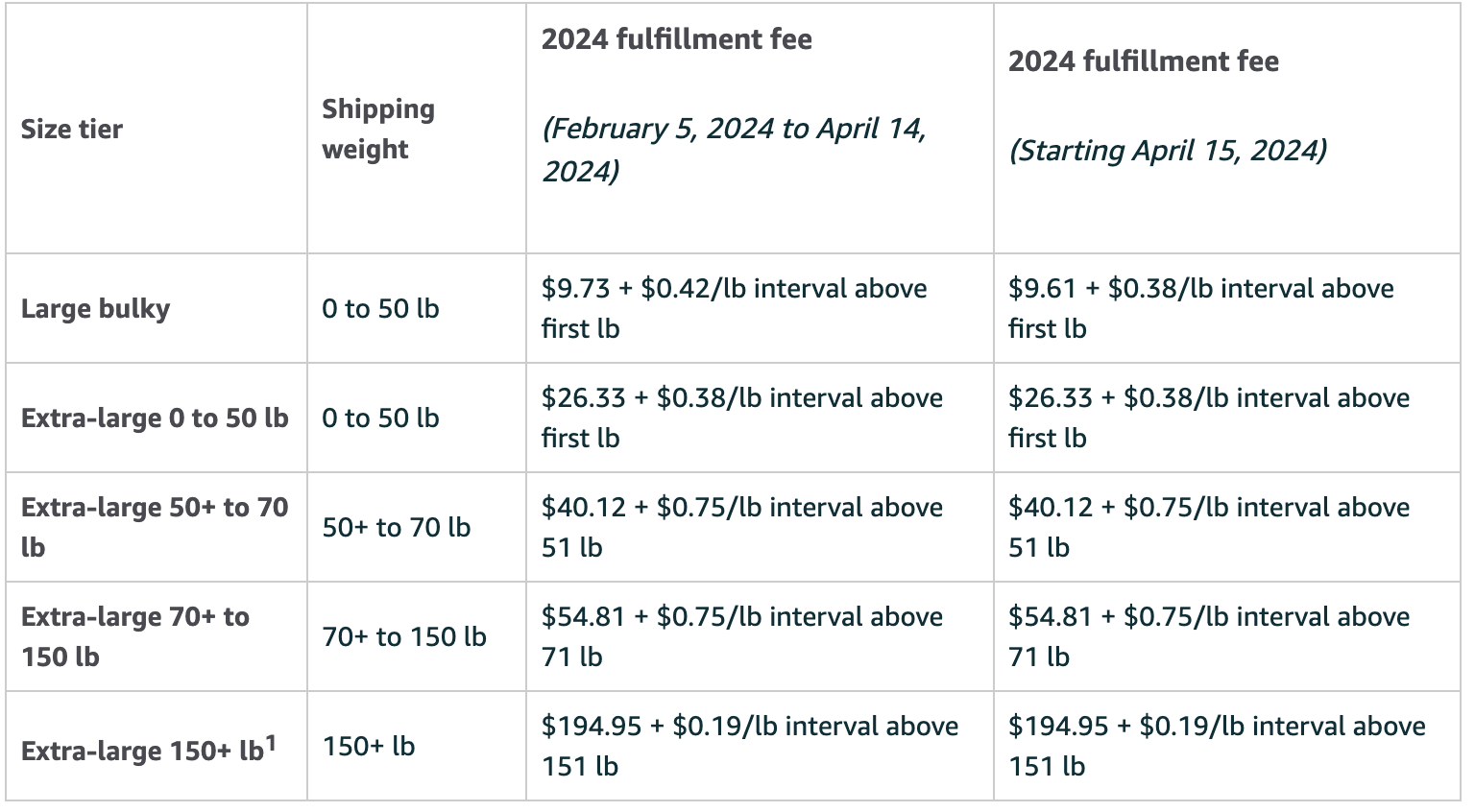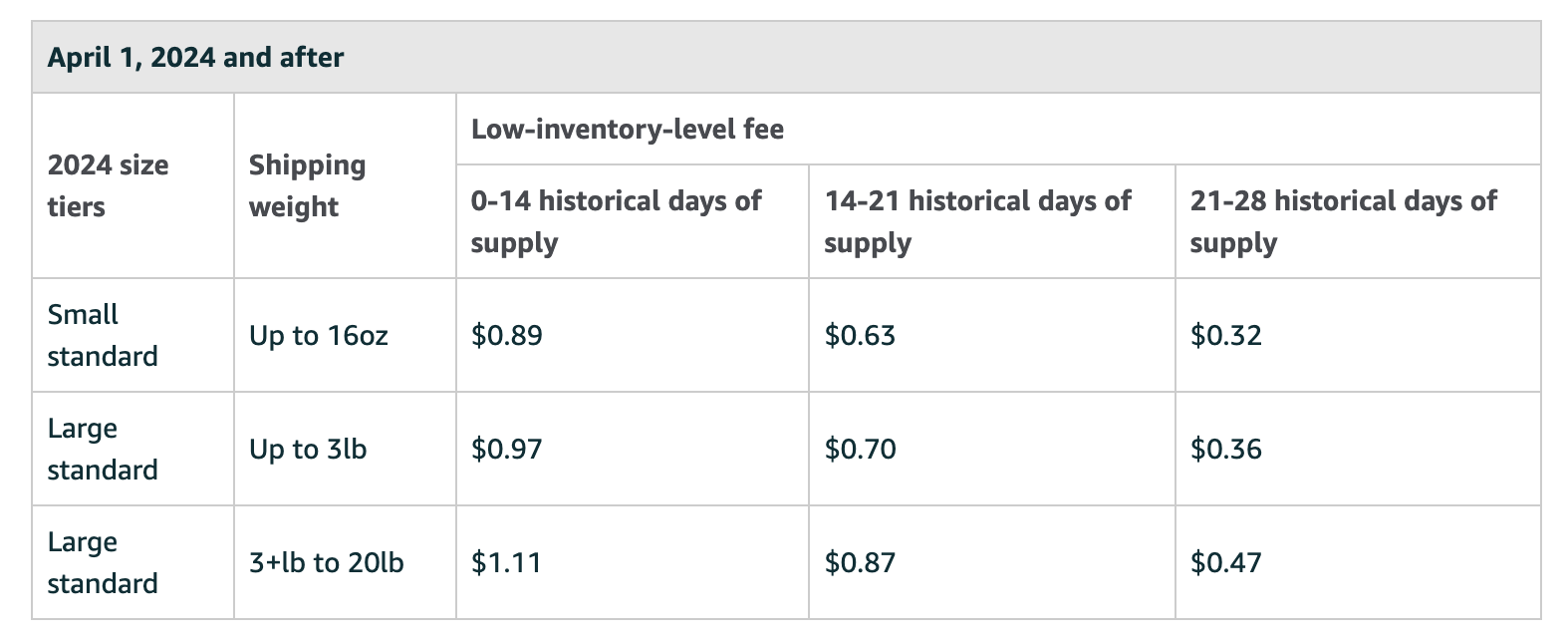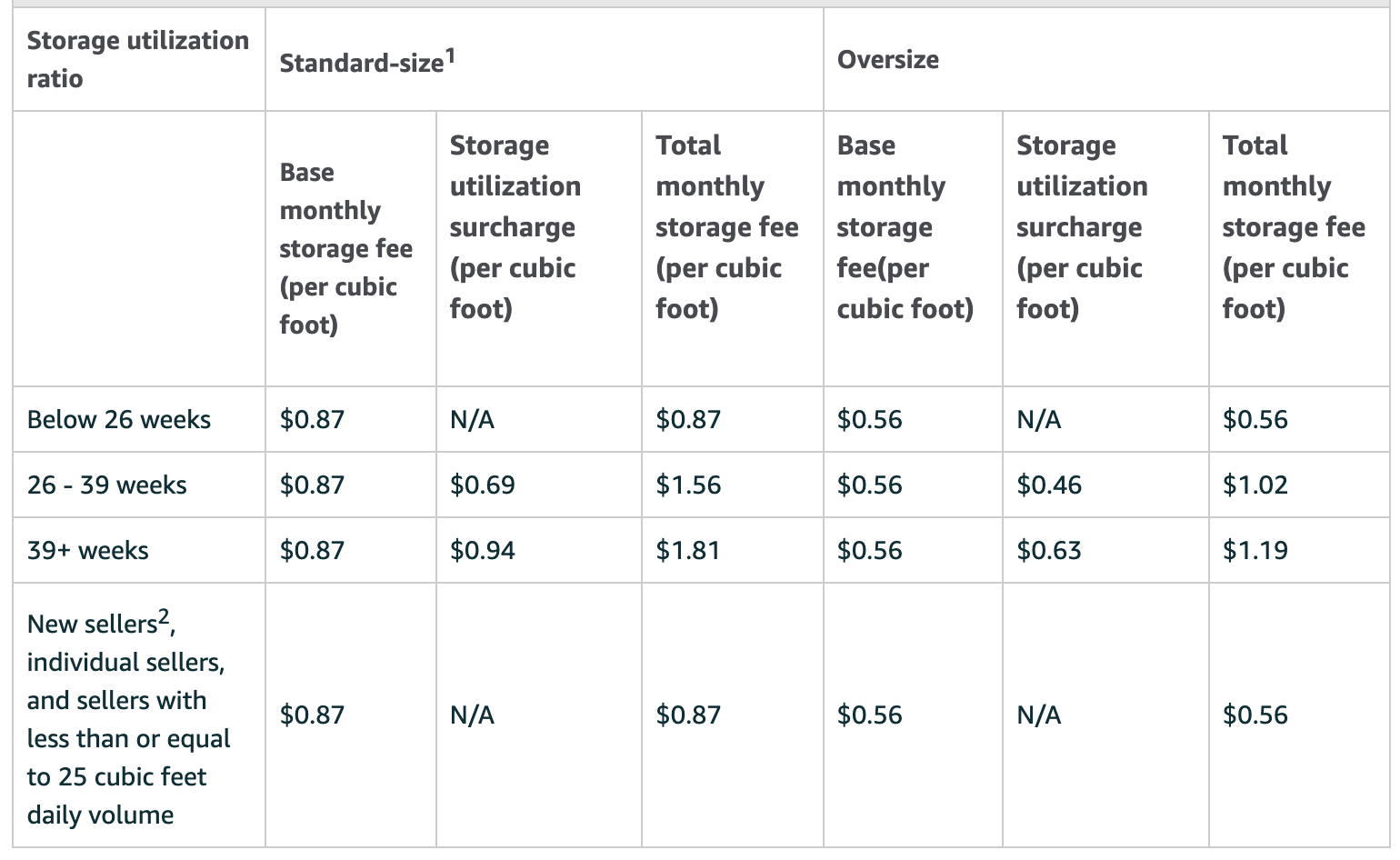
Selling on Amazon can be a bit like navigating a maze, especially when it comes to fees. In this blog, we’ll dive into the nitty-gritty details of what it really costs to sell on Amazon in 2024. We’ll demystify the fees associated with Fulfillment by Amazon (FBA), break down advertising expenses, and cover other charges that might be eating into your profits. Whether you’re a seasoned seller or just starting out, we’re here to help you make sense of it all. Join us as we explore the latest updates, share strategies to save money, and provide valuable insights to help you succeed in the ever-changing world of Amazon selling.
Let’s take a closer look at the different charges that come with selling on Amazon, starting with the regular selling fees. These fees give you access to a variety of Amazon tools and services, and they’re basically divided into two types: selling plan fees and referral fees.
Besides these standard fees, you might end up with some extra costs if you decide to use certain optional tools and programs like Fulfillment by Amazon (FBA) or Amazon Ads. The interesting part is, you have the power to manage how much it costs to sell on Amazon by choosing the programs, tools, and services that make sense for your business. It’s all about picking what works best for you and maintaining control over your expenses in your Amazon business.
Standard selling fees
Selling plans
Amazon provides two distinct selling plans: the Individual plan, which charges $0.99 per item sold, and the Professional plan, which costs $39.99 monthly. Many sellers opt for the Professional selling plan due to its extensive benefits that assist in managing and expanding their businesses. However, if you anticipate selling fewer than 40 items per month, the Individual plan is a viable choice.
Referral fees
The referral fees differ based on the product category. You’ll be charged a percentage of the total price or a minimum amount, whichever is higher, for each item sold.
Here are some of the most important category and tier fees for 2024
| Product category | Referral fee percentage | Referral fee
minimum amount |
| Baby Products | 8% for products with a total sales price of $10.00 or less, and
15% for items with a total sales price greater than $10.00 |
$0.30 |
| Beauty, Health, and Personal Care | 8% for products with a total sales price of $10.00 or less, and
15% for items with a total sales price greater than $10.00 |
$0.30 |
| Clothing and Accessories | 17% | $0.30 |
| Computers | 8% | $0.30 |
| Home and Kitchen | 15% | $0.30 |
On the Amazon pricing website, you can explore a detailed breakdown categorized by product type.
Other selling fees
-
Closing Fees:
- A closing fee is charged for each unit of media items sold.
-
Rental Book Service Fees:
- For textbook rentals, a rental book service fee of $5.00 is applicable for each rental.
-
High-Volume Listing Fees:
- If you have numerous active, non-media listings that haven’t sold in 12 months, a monthly fee of $0.005 per eligible listing is charged to cover cataloging costs. The first 100,000 listings are exempt from this fee.
-
Refund Administration Fee:
- When refunding a customer for a previously paid order, Amazon refunds the referral fee for the item(s), deducting the applicable refund administration fee. The refund administration fee is $5.00 or 20% of the referral fee, whichever is lower.
- For instance, if you refund a customer the $10.00 total sales price of an item with a 15% referral fee, the refund administration fee would be $0.30 ($10.00 x 15% referral fee = $1.50, $1.50 x 20% refund administration fee = $0.30).
-
2024 returns processing fee changes
- Starting June 1, 2024, Amazon is introducing a returns processing fee for high return rate products across all categories (excluding apparel and shoes) to cover operational costs and minimize waste. This fee applies to products exceeding a specific return rate threshold within each category. The return rate is calculated as the percentage of shipped units in a month that customers return over that month and the next two calendar months. Fees for units returned beyond the category’s threshold will be visible in accounts between the 7th to 15th day of the third subsequent month. Products shipping fewer than 25 units monthly are exempt from returns, and the fee only applies to physically returned units. Sellers can review their product’s return rate and assess the fee’s impact starting May 1, 2024.
If you’ve chosen to embark on the journey of becoming an Amazon seller, you have two options for delivering your products: FBA (Fulfillment by Amazon) or FBM (Fulfillment by Merchant) Models.
FBM (Fulfillment by Merchant) sellers manage order fulfillment independently, handling tasks such as storing inventory and packing/shipping items when customers place orders. Under the FBM model, sellers bear responsibility for referral (commission) fees, typically a percentage of total sales, and shipping costs, which Amazon reimburses based on a predetermined amount for Individual Sellers or an amount set by Professional Sellers.
With the FBA option, Amazon takes care of your shipping and a significant portion of customer service. As an FBA seller, you send your inventory to an Amazon warehouse or fulfillment center. Amazon then manages the storage, picking, packing, and shipping of your products directly to customers upon purchase. Additionally, Amazon handles most customer service matters, particularly those related to shipping and delivery.
Nevertheless, within the FBA model, you assume responsibility for distinct fees. Here’s a detailed breakdown.
Core FBA fees
FBA fulfillment fees
Amazon Fulfillment Fees refer to the charges associated with using Amazon’s Fulfillment by Amazon (FBA) service.Starting February 5, 2024, the small standard-size tier will now have 2-ounce intervals, and the large standard-size tier (1+ to 20 lb) will be measured at 4-ounce intervals. Notably, these changes exclude Apparel products. Additionally, the current small, medium, large, and special oversize tiers will be substituted with the new large bulky and extra-large size tiers, each with revised weight and dimension definitions.
Low-inventory-level fee
Starting in 2024, Amazon will implement a new low-inventory-level fee for standard-sized products with consistently low inventory relative to customer demand. When sellers maintain insufficient inventory compared to shipped units, it hampers optimal product distribution across Amazon’s network, leading to slower delivery speeds and increased shipping costs. The fee will only be applicable if a product’s historical inventory levels, relative to historical demand (referred to as “historical days of supply”), fall below 28 days. If a product qualifies, the low-inventory-level fee will be incorporated into the FBA fulfillment fee for its shipped units.
Monthly Inventory Storage Fees:
Amazon charges monthly storage fees based on the space your inventory occupies in fulfillment centers. These fees are calculated using the daily average volume in cubic feet, considering the unit size when properly packaged.
Long-term Storage Fees:
For inventory that surpasses 365 days in a fulfillment center, a monthly long-term storage fee is applied in addition to the regular monthly inventory storage fee. These fees are assessed based on an inventory snapshot taken on the 15th of each month.
FBA Disposal Order Fees:
Disposal fees are charged per item when requesting Amazon to dispose of specific items in your FBA inventory. Alternatively, you can remove inventory from a fulfillment center by submitting a removal order.
Now that we’ve broken down all the Amazon FBA fees, it’s essential to keep a close eye on your inventory levels to avoid charges such as excess inventory fees or low inventory fees. Yes, Amazon will charge you for either, so it’s key to maintain optimal inventory levels. Make sure to monitor your account daily and continuously check the various reports that Amazon Seller Central has available to you.
If you find this overwhelming, we at Bellavix are here to help and avoid any charges that Amazon may impose if you are not paying attention.
Keep up with the latest Amazon and Walmart news updates and subscribe to our BellaVix newsletter 👇👇👇



